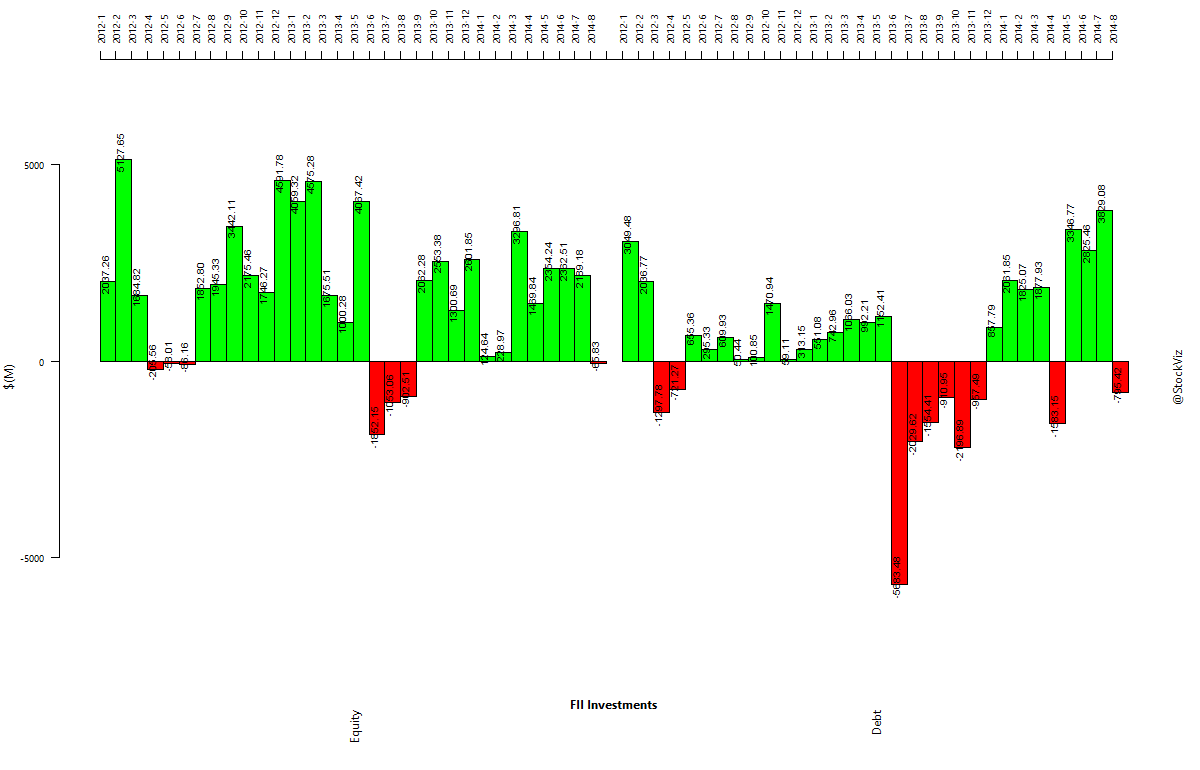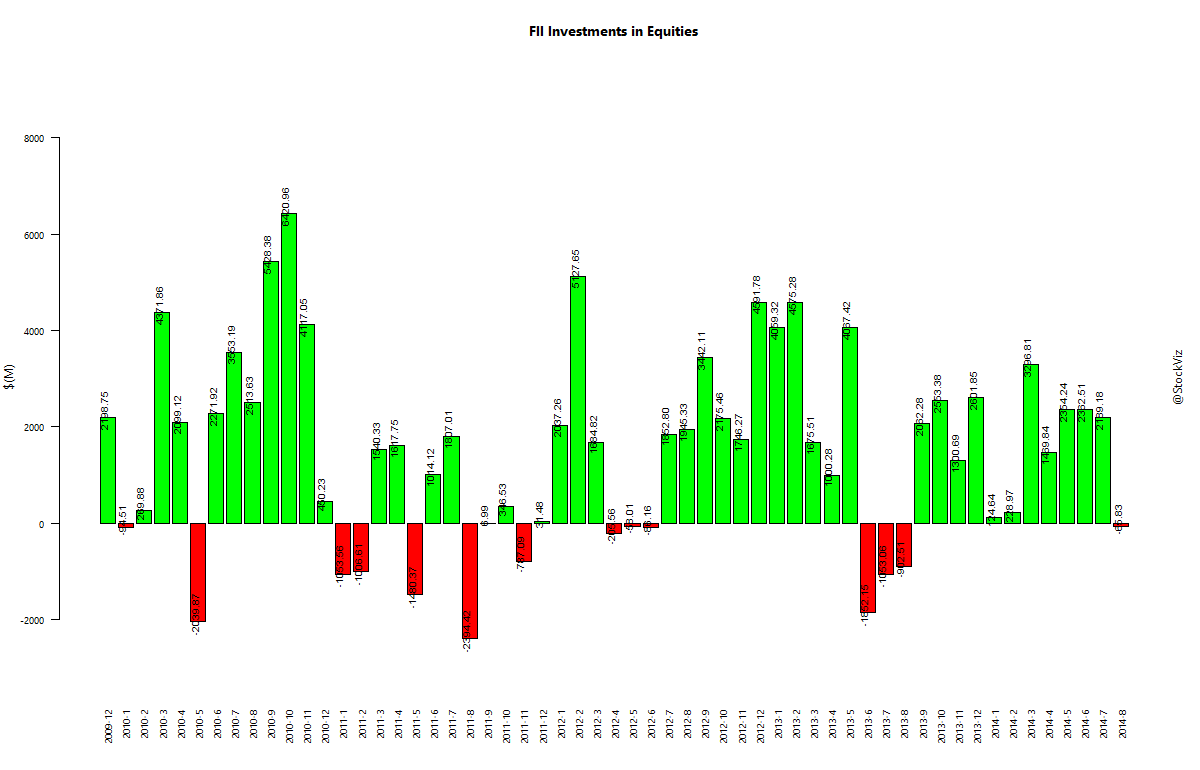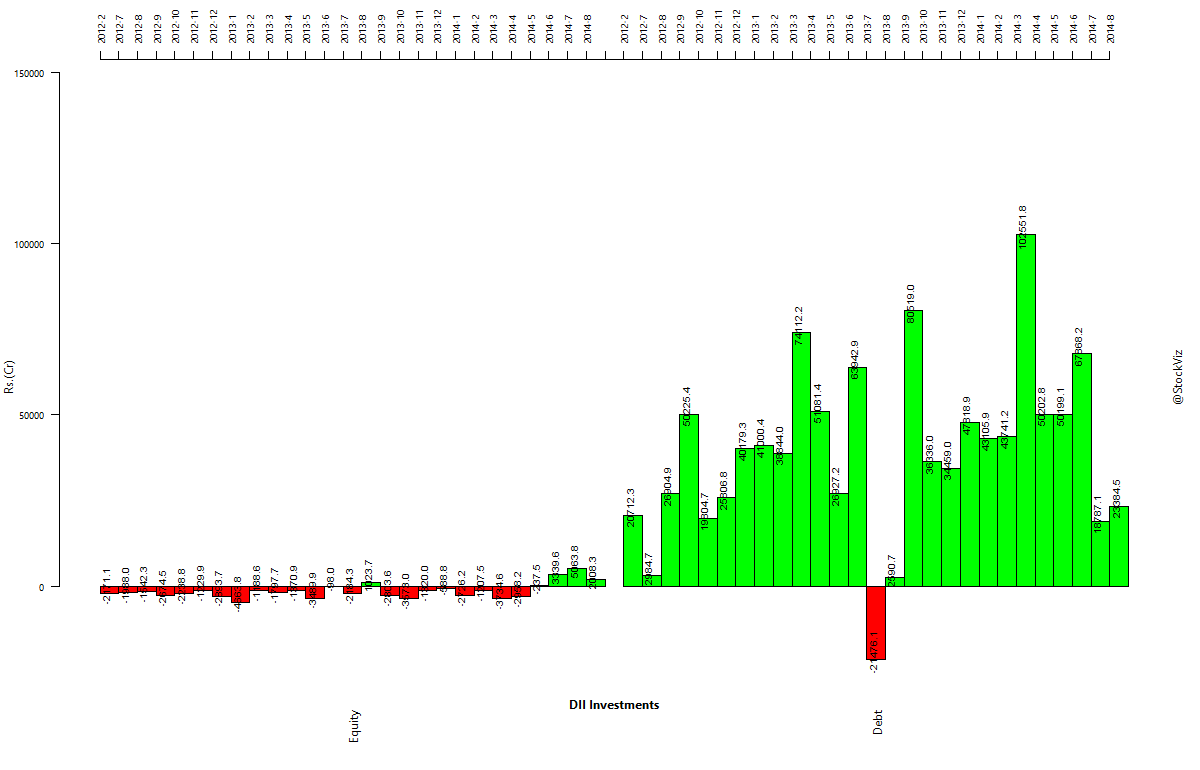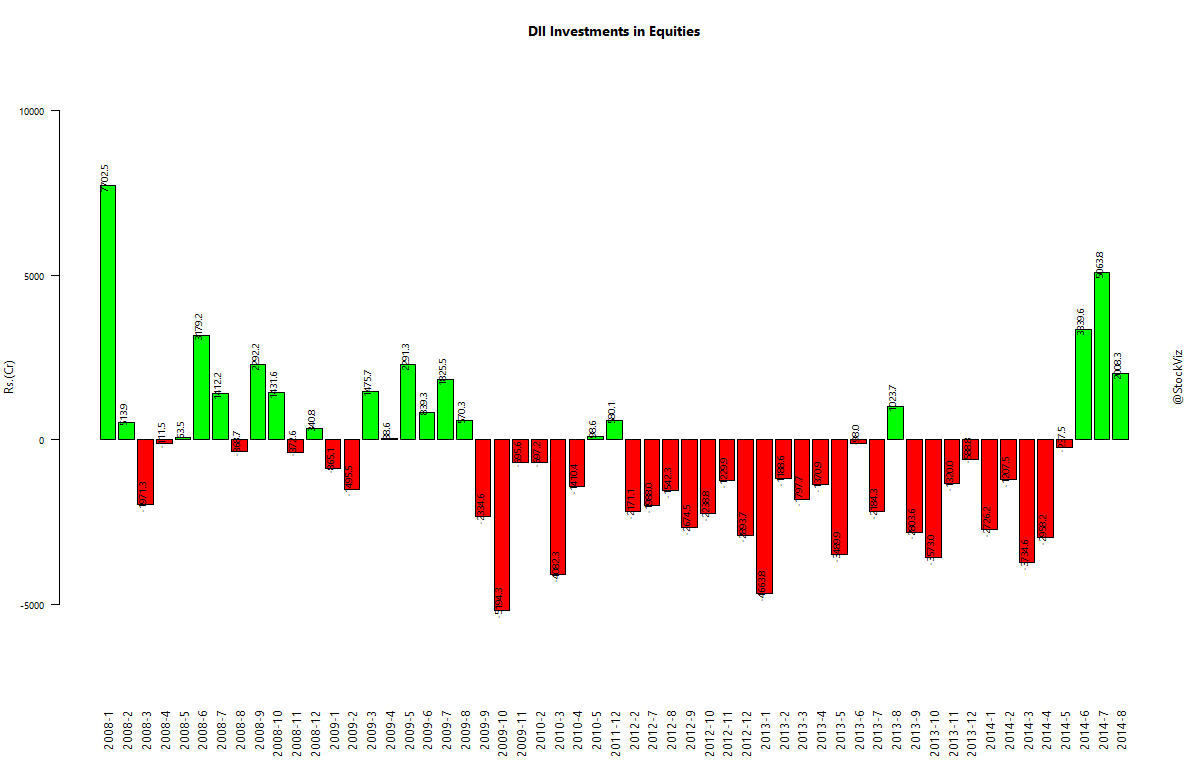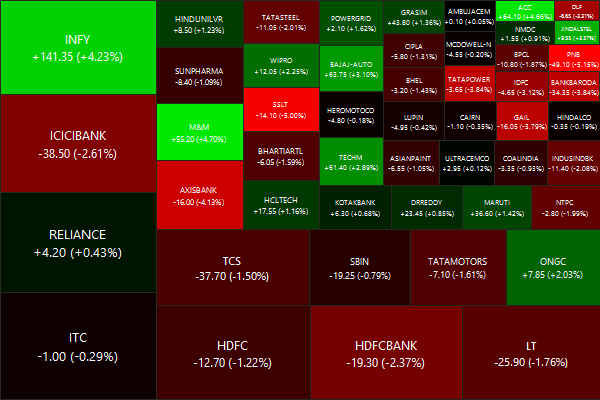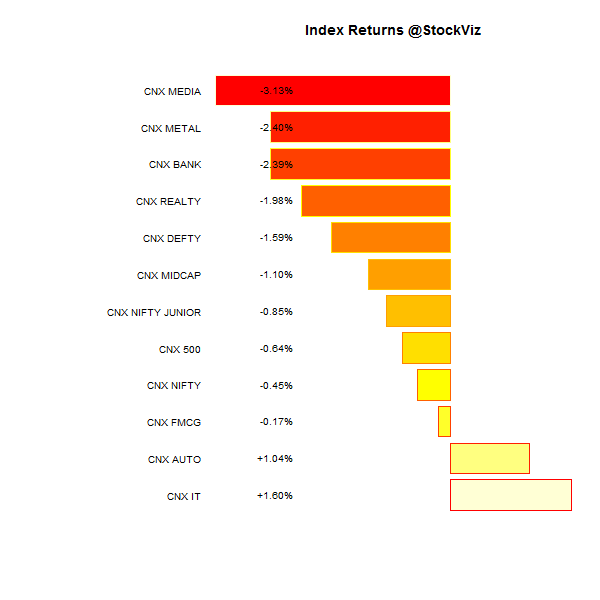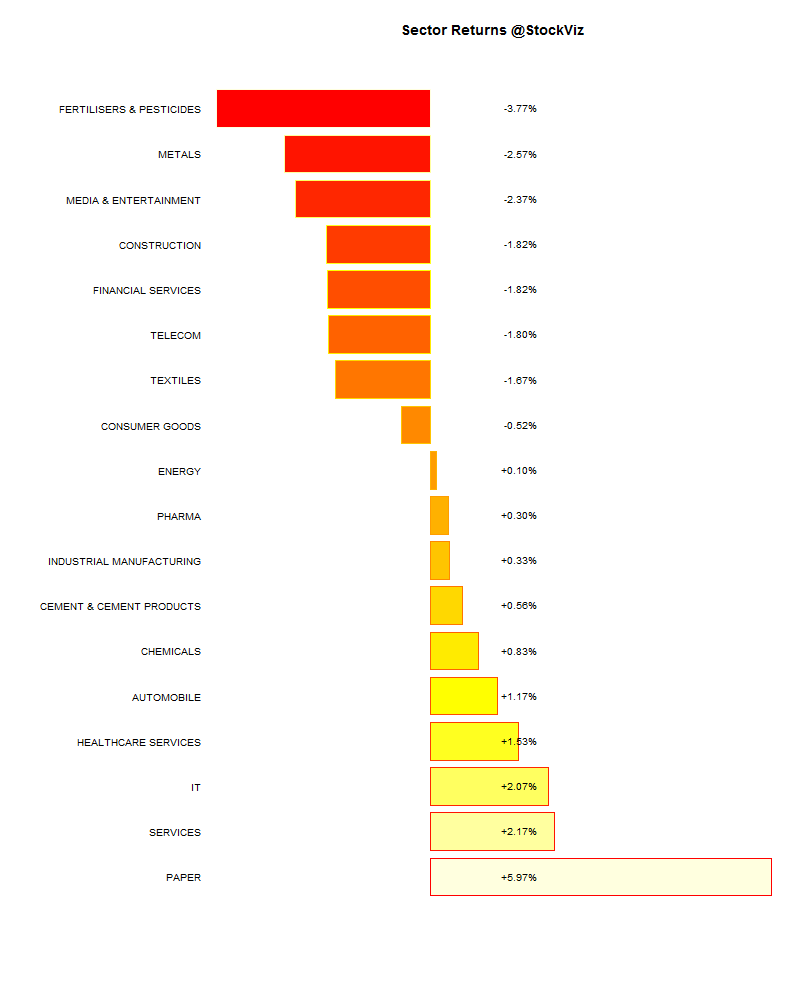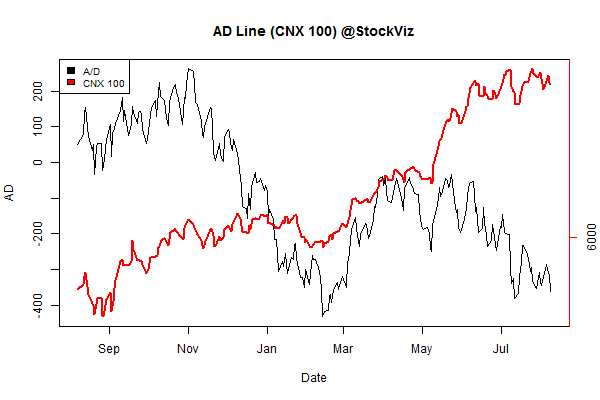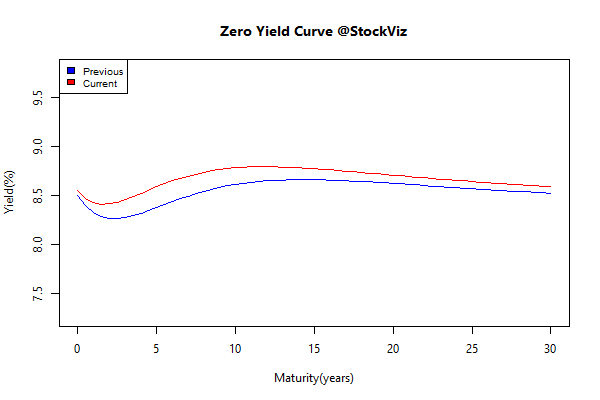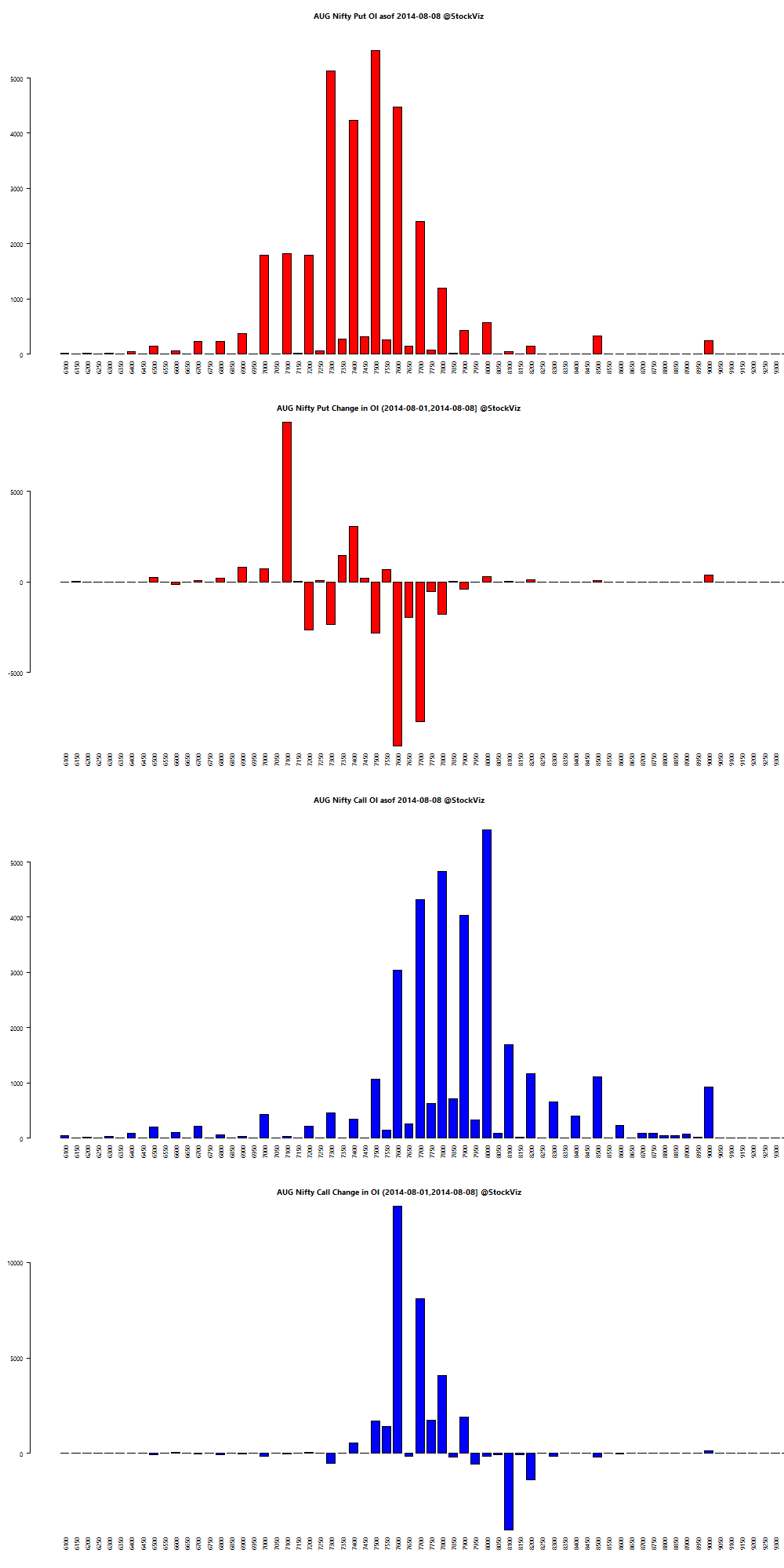Foreign investors love the India Story
Just look at the amount of money pumped into India: $25,347.95 million so far this year alone.
And just into Equities: $11,960.36 million this year.
Domestic Institutionals have a debt fixation
DIIs have bought up Rs. 3,99,840.60 crores into debt this year alone.
And have been net sellers of equities. Taking out a total of Rs. 452.30 crores this year and Rs. 22,507.20 crores since 2013.
There are signs that domestic investors are finally joining the party. Here’s to hoping that a majority of those funds will come from fresh investments rather than from rotating out of debt into equity.
Also, these trends beg a question: Have our regulatory and tax system skewed incentives toward debt at the cost of equities?
